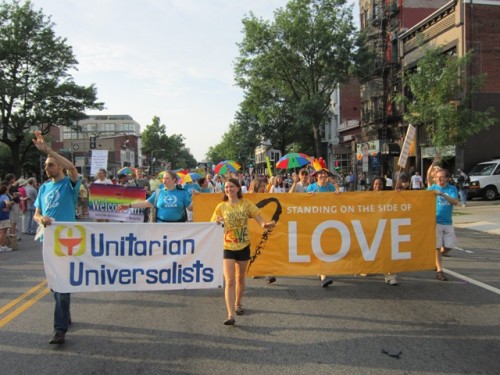Entheogens, psychoactive substances used in “a religious, shamanic, or spiritual context,” once popularly known as “psychedelics,” are often sensationalized, misunderstood, and are usually banned from being used legally. Despite the United State’s policy of religious freedom, there are only two instances where entheogens have been able to win legal protection (peyote for Native American ceremonial purposes, and ayahuasca by the União do Vegetal). So any attempts to demystify and contextualize their use to a broad audience can only help change the tone of the conversation. Enter Hamilton Morris, and his Vice.com web series “Hamilton’s Pharmacopeia,” profiled on Friday by the New York Times.
“Through documentary footage “Hamilton’s Pharmacopeia” tries to expand viewers’ knowledge of drugs and temper a subject that can be romanticized. Episodes run as shorts or sometimes as multipart serials, chronicling Mr. Morris’s travels, obsessions and encounters with figures on the fringe of culture. Unlike his father, who has an understated off-screen presence, Mr. Morris is in front of the camera as interviewer and host. His narration is filled with monologues on sub-subcultures and scientific evidence.
His work is driven by research, not by aesthetics or any filmic lineage. In most episodes the stories that emerge feel exploratory, with failures and complications incorporated, not hidden, in the final edit. Mr. Morris spent several miserable nights in a Brazilian village waiting for a frog that didn’t arrive and in Reykjavik discovering that the liberty cap mushrooms he planned to ingest were out of season. It’s a raw, earnest approach used across much of Vice’s programming, including the widely viewed series, “The Vice Guide to Travel.”
Famed entheogen guide Erowid gets a nod in the NYT article, and most interestingly, notes that Morris will “depart from drugs entirely” in future episodes, “widening the purview to include all the ways people alter consciousness.” This seems like an important step, because it puts entheogens in the context of just being one of many different tools used to change our consciousness and achieve altered states.
I personally know many modern Pagans who use, or have used, entheogens within a ritual context. It’s a small but expanding population within our communities, though most still prefer to avoid potential entanglements with the law, and use legal methods of attaining an altered state. That said, the responsible use of these substances within a religious context should be allowed, and the ongoing harassment of practitioners who have fought hard for legal recognition needs to end. In my mind, legal entheogens are an inevitable eventuality, the question is not “if” but “when.” This article, and Hamilton’s work, helps to change perceptions and misconceptions for when that day arrives.















